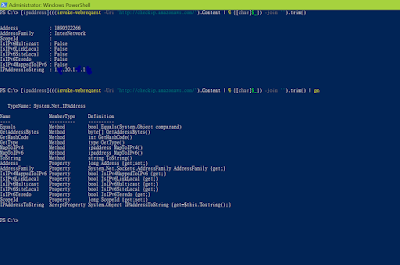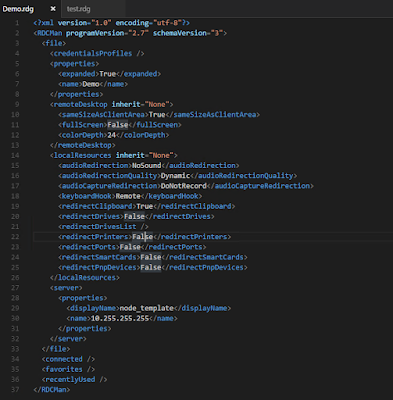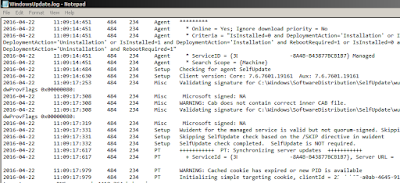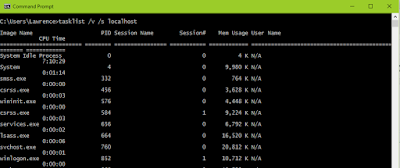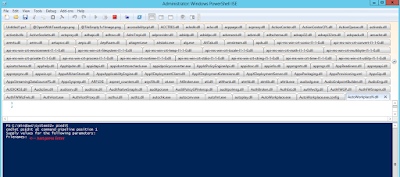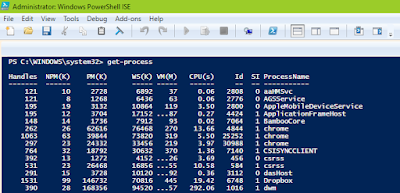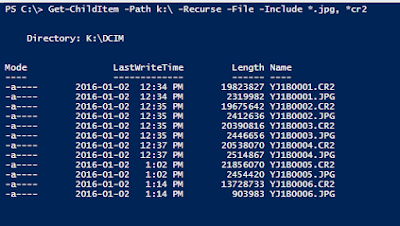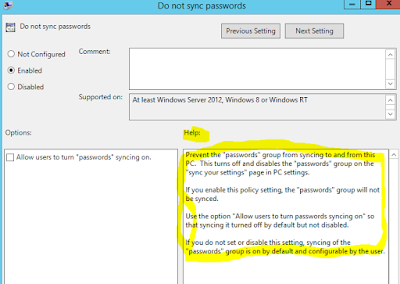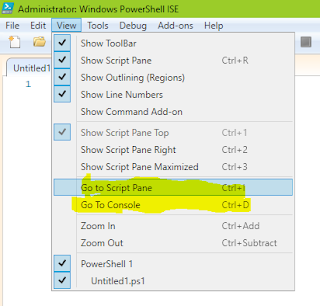Since I started to work from my home office several months ago, I've been enjoying making my work space (a.k.a man cave) the way I want. This weekend, I got a pebble 2 watch and a wemo switch and explored the fun. ( Before pebble says goodbye.... ) Started by connecting the power bar to the the wemo switch, I could press a button in the app on my phone to turn on everything (monitors, speaker, computer...etc) even on a schedule if I liked. Well, that's okay. But at the end of 2016, I wanted to press less buttons and be able to... just make it happen. Talking into the watch and then turn on/ off my entire stack sounds like a modern and super cool idea! So the journey began. Aside from the hardware, few moving parts were needed: Something orchestrates the sequence of events based on triggers. Something on the pebble that understands my voice command and send it over to the orchestrating tool. Something on my computer that accepts the events and shut itself down. To allow
